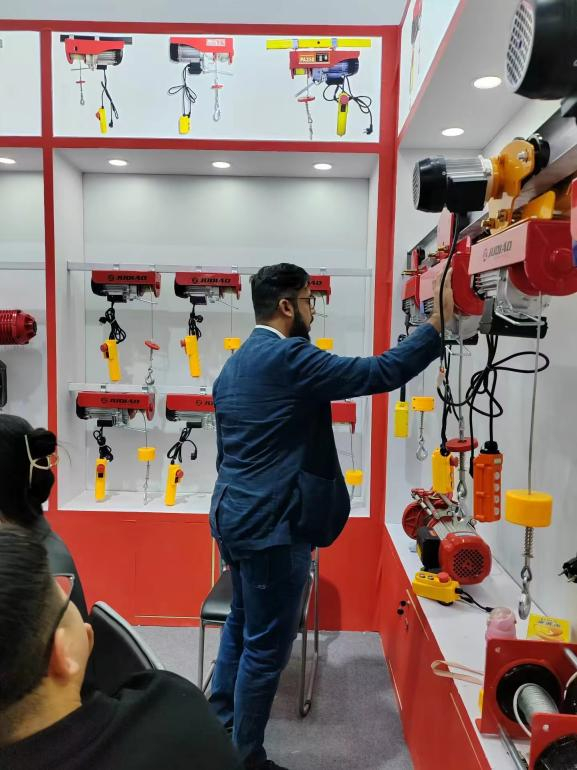


The Importance of Lifting Equipment in Modern Industries
In today’s industrial landscape, lifting equipment plays a crucial role across various sectors, ranging from construction to manufacturing and logistics. These machines not only enhance productivity but also ensure safety and efficiency in operations. With the growing complexity of tasks and the need for handling heavy materials, understanding the significance of lifting equipment is essential for businesses.
Lifting equipment encompasses a broad range of tools and devices designed to elevate, lower, or move heavy objects. Common examples include cranes, hoists, forklifts, and scaffolding. Each type of lifting equipment serves a specific purpose and is engineered to meet stringent safety standards. For instance, cranes are often utilized for large-scale construction projects, capable of lifting loads that are several tons heavy, while forklifts are essential in warehouses for transporting goods over short distances.
The primary advantage of using lifting equipment is the increased efficiency it brings to operations. Manual handling of heavy items can be time-consuming and labor-intensive, often leading to fatigue and reduced productivity among workers. By automating these processes, industries can not only accomplish tasks more swiftly but also allocate human resources to more strategic roles. This transition can result in significant cost savings over time.

Moreover, safety is a paramount concern in any industrial setting. The improper handling of heavy materials can lead to serious accidents, resulting in injuries or fatalities. Lifting equipment comes equipped with various safety features, such as automatic brakes, overload protection, and stability controls that mitigate these risks. Regular maintenance and inspections are also critical in ensuring that the equipment operates safely. Organizations must abide by established regulations and standards, conducting thorough checks to prevent malfunctions that could jeopardize worker safety.
Additionally, advancements in technology have revolutionized lifting equipment, incorporating smart features like sensors and control systems that enhance precision and usability. Modern equipment can be operated remotely, allowing for greater flexibility and control, especially in hazardous environments. As industries continue to innovate, the development of more sophisticated lifting solutions will likely drive further improvements in safety and efficiency.
In conclusion, lifting equipment is indispensable in today’s industrial operations, significantly contributing to efficiency, safety, and cost-effectiveness. As the demand for heavy lifting solutions grows, businesses must prioritize the selection, maintenance, and operation of appropriate lifting equipment to ensure not only the smooth functioning of their operations but also the safety of their workforce. Investing in high-quality lifting equipment and adhering to safety protocols will ultimately lead to enhanced productivity and a robust work environment.



